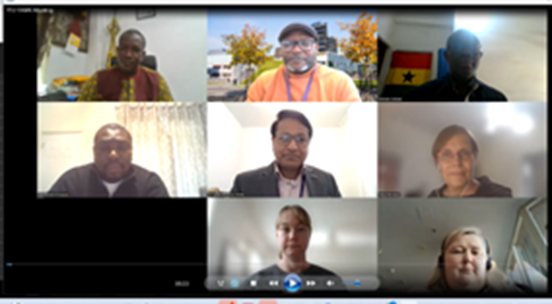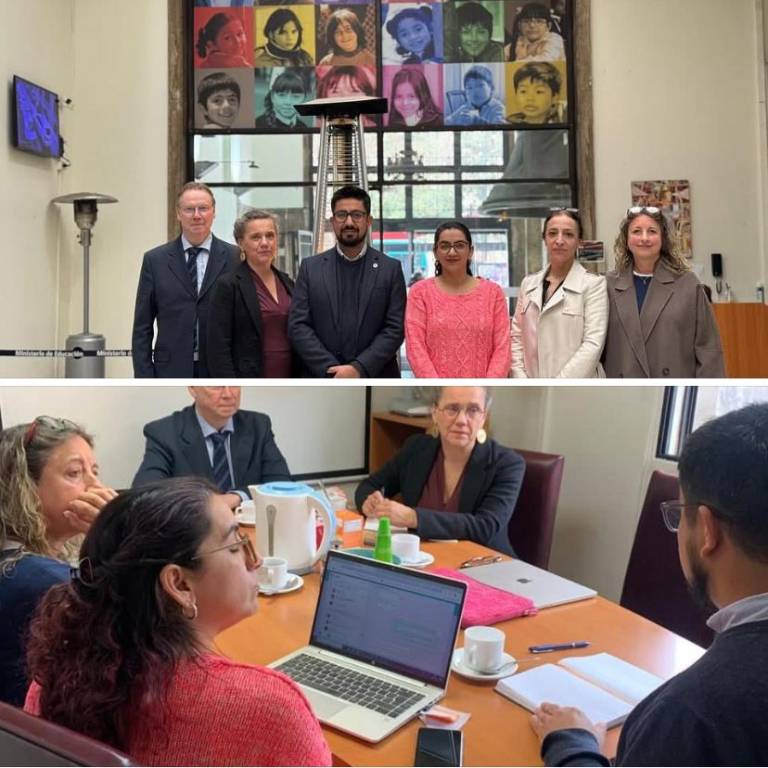This visit marked a significant milestone in my role as the project manager and work package leader of the SUSTAFIT research project. We have observed that the nonwovens industry is undergoing a profound transition, striving to find sustainable solutions driven by legislative measures.
One such pivotal piece of legislation is the European Union’s Single-Use Plastics Directive (SUP), implemented in 2021. This directive targets the reduction of plastic waste by addressing the ten most commonly found single-use plastic items polluting European coasts, including nonwoven materials used in products like sanitary items and wet wipes. The directive promotes the development of sustainable alternatives and mandates producers to take responsibility for waste management, thus fostering a shift towards reusable, repairable, and recyclable products.
Nonwovens are ubiquitous in everyday items
For those unfamiliar with nonwovens, based on EDANA, the leading global association of nonwovens and related industries, these materials are engineered fibrous assemblies created through physical and/or chemical means, excluding traditional weaving, knitting, or paper making methods.
Nonwovens are ubiquitous in everyday items such as baby diapers, feminine hygiene products, and personal care items. However, the extensive use of fossil-based plastics in these products poses significant environmental challenges. Improper disposal leads to landfill accumulation and ocean pollution, particularly with microplastics, which are detrimental to wildlife and ecosystems.
Sales professionals are integral to navigating and driving these sustainability transformations within the nonwovens industry. However, research indicates that many salespeople struggle with effectively communicating sustainability aspects to their customers. This often results in underwhelming efforts when promoting sustainable options.
During my research visit to TMU, Karen and I conducted interviews within the Canadian textile market. Our preliminary findings suggest that while Europe, particularly Finland, is at the forefront of sustainability transformation in the nonwovens field, there remains a critical need for further discussion and action to fully realize these changes.
Moreover, research and development into sustainable materials and products must continue alongside these efforts. Sales leaders play a crucial role in this transformation by effectively communicating sustainability to customers and fostering a culture of environmental responsibility within their organisations. It appears that European customers may be more receptive to sustainability discussions compared to those in American markets, highlighting the need for tailored communication strategies.
If you are interested in learning more about nonwovens and sustainability, please visit our webpages here. For further discussions, feel free to contact me directly.
Text:
Dr. Pia Hautamäki
Project Manager and Coordinator of the SUSTAFIT Research Project funded by Business Finland
Leader of Work Package 1 at SUSTAFIT, focusing on sustainable business models in the nonwovens industry
pia.hautamaki@tuni.fi
Picture: Pia Hautamäki





